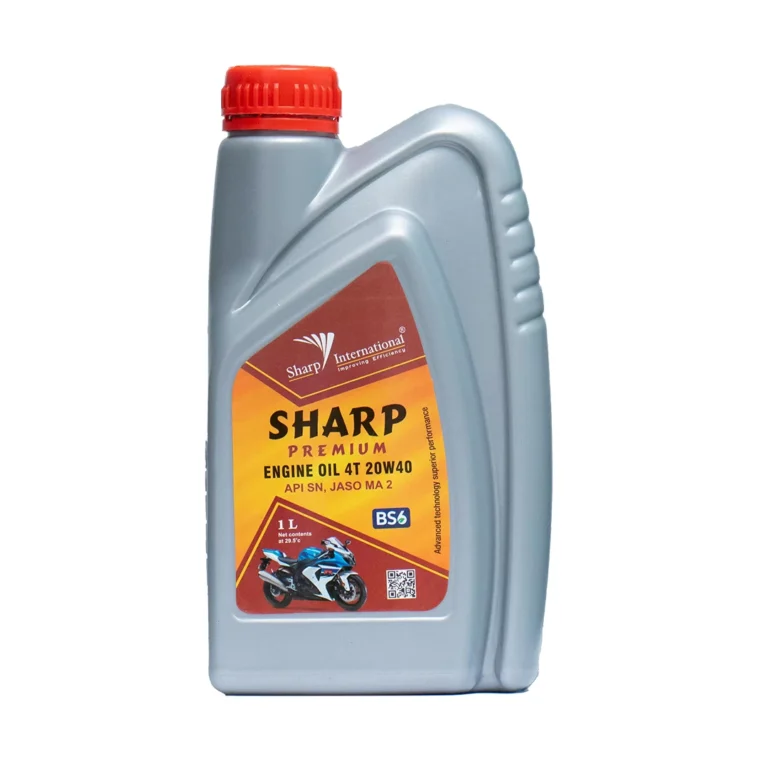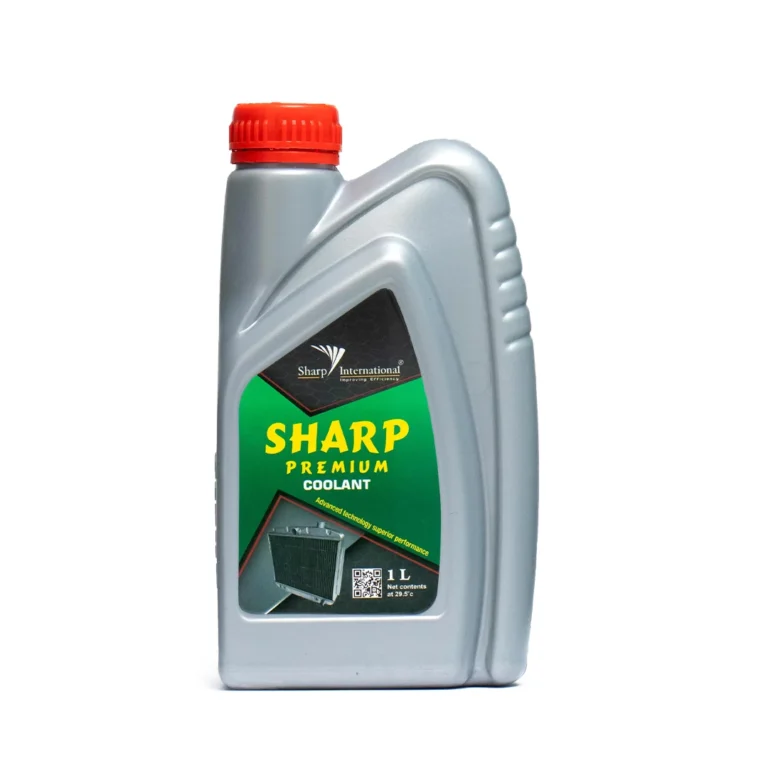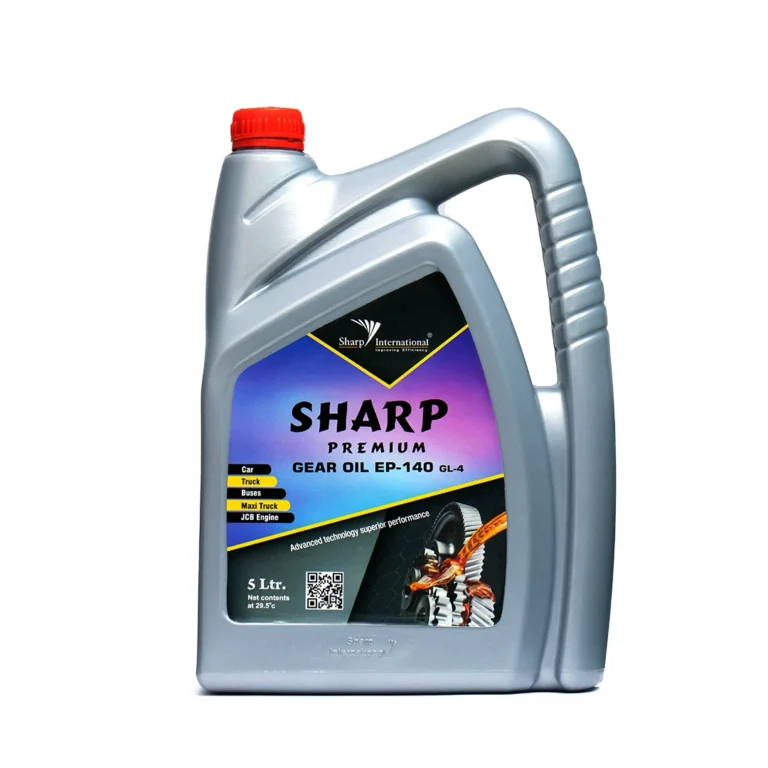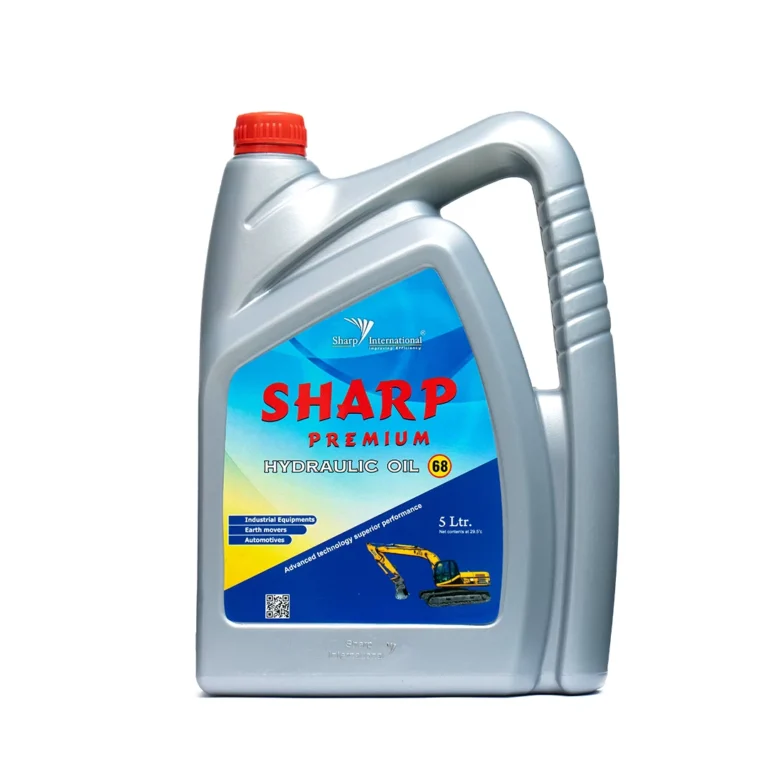2T OIL
- Two-stroke oil
Two-stroke oil also mentioned to as, 2T oil, or 2-stroke oil is a distinctive kind of motor oil anticipated for use in crankcase density two-stroke engines.
- PURPOSE AND EXPLANATION
It is specifically premeditated for land-based air-cooled two-stroke engines that are used in motorcycles, chainsaws, lawnmowers, and other horticultural apparatus. G-Motion 2T offers a clean engine and environmental enactment. It supports to preclude blockage of ports, ring stabbing, and spark plug fouling.
- USES
- High recital land established air-cooled two-stroke engines.
- Two-stroke engines where JASO FD (or lower) oils are suggested.
- Motorcycles, go-karts, snowmobiles.
- Slim oil/fuel ratio chain saws, lawnmowers, and other gardening gear.
- Features
- Cleanser ignition and compact deposits in the combustion area.
- Smoke-free dissipate.
- High-temperature bonds control.
- Good high and low-temperature enactment.
- Recompenses and Potential Remunerations
- Decreases plug ensnarling and deplete port deposits support to diminish pre-ignition and prolong spark plug and valve life.
- Cleaner surroundings.
- Cleaner engines result in decreased ring sticking and cylinder deterioration, and extended engine life.
- Extensive choice of ambient temperature application.
4T OIL
4T oil is a particularly formulated oil for practice in high performance 4 stroke motor cycles where high rotation and extreme high temperature that may be stumble upon. The oil can bear extremely high temperatures without tackiness or thermal breakdown.
- Multi-Grade Engine oil –
- 4T 10W40
- 4T 20W40
- 4T 20W50
- 4T 10W30
- With API Service Levels: SN /SM /SL / SJ /SC / CJ / CI / CH/ CF/ CC
Motor oil necessities to execute a variety of functions beneath an extensive variety of engine operational circumstances. Thus, a number of additives are combined into the preparation:
- Detergent/ dispersant additives
- Oxidation and corrosion inhibitors & alkaline additives
- Antioxidants
- Anti-wear additives
- Viscidness index improver.
- How does engine oil work in a bike?
The immense majority of contemporary motorcycles practice the similar oil to lubricate the engine, transmission, and the clutch. Motor oil lubricates moving parts by casing these portions with a smooth film. Oil’s capability of confrontation to flow is called tackiness. When motor oil is cooled, the tackiness of the oil is thick and is proficient of manufacturing a friction-resistant layer on surfaces. As internal engine temperature upsurges, the tackiness thins out, letting the oil to stream better, but decreases the propensity to follow to the parts.
The viscosity index measures the enactment of an oil’s viscosity fluctuations as engine temperatures modifies. A higher viscosity index specifies that the rating of the oil’s viscosity, altering less in high-temperature conditions than a lower viscosity indexed oil.
- Aspects that affect oil
- Longer journeys at high revs.
- Filthy or humid circumstances.
- Stop-start riding in urbanized areas. This sets a lot more pressure on the oil than motorway rides.
- Using deprived quality fuel, this can lead to oil contagion and sludge.
AP3 GREASE
Description
AP3 GREASE is a superior class all-purpose automotive grease. Suggested for all kinds of Wheel bearings used in automobiles e.g. Heavy duty, light commercial, Passenger vehicles.
Features and Advantages
- Outstanding thermal and oxidation permanency
- Confrontation to water wash out
- Superior safety against oxidizing & corrosion
- Longer bearing life
BRAKE OIL
Brake fluid, also known as hydraulic fluid, is responsible for moving the various components of your vehicle’s braking system. The fluid operates under high temperatures and high pressure and, without it, your car or truck would not be able to stop when you push the brake pedal inside your vehicle. Brake fluid is a non-compressible substance that lies within the brake lines, delivering the force created by your push on the brake pedal to each of the brake rotors on the four corners of your vehicle. This applies pressure to the wheels and ultimately slows or stops your movement.
Here is a step-by-step and somewhat simplified look at how brake fluid works within a hydraulic brake system:
- The driver depresses the brake pedal.
- The pedal compresses a piston inside the brake caliper.
- This compression increases the pressure inside the brake lines and sends the brake fluid into motion.
The pressure of the brake fluid then causes the brake rotors to squeeze down on brake pads, which then make contact with the wheels, slowing and eventually stopping wheel rotation and also the vehicle itself.
The types of brake fluid
While brake fluid function is relatively easy to understand, there is a wide variety of types to choose from, which may be confusing when it is time to replace the brake, or hydraulic fluid. The two chief types of brake fluid are glycol-based, which can be further divided by grade, and silicon-based fluids. Glycol-based brake fluids are typically used in vehicles with anti-lock brake systems (ABS) while silicone-based ones work only in cars and trucks without ABS technology. If a vehicle without anti-lock brakes has ever had a glycol-based brake fluid, you cannot switch to a silicone-based one because small amounts of glycol will remain behind and chemically compromise the integrity of the silicone. Glycol-based fluids are classified by a Department of Transportation (DOT) number up to 5.1, which indicates the boiling point of the fluid. Higher DOT numbers indicate better quality of hydraulic fluid that can withstand higher temperatures. To know what type of brake fluid is best for your vehicle, consult your owner’s manual or give one of our mechanics a call.
COOLANT
Your Cooling System is a Crucial Part of Your Automobile
Several motorists recognize that their vehicle wants coolant, but certain motorists aren’t assured which kind to use—or what coolant is in the major place.
Much like lubricant, coolant helps the basic role of transferring heat and accumulation antifreeze safety. Reliant on your form of automobile, you might essential a coolant with specific extracts, a coolant articulated for definite manufacturers, or a coolant premeditated for high-mileage cars.
What Does Coolant Do?
The prime determination of coolant is moving heat and precluding engine destruction produced by freezing or boiling. Heat can only be efficiently transferred with a fluid in the system, so it’s essential to keep your coolant from freezing or vaporizing.
Moreover, if coolant boils, the vapors shaped do not transfer heat well, which means the engine metal can in fact melt if the coolant isn’t kept in interaction with certain places that want to stay cool. Some modern automobiles are made with constricted engine sections that don’t feature good air flow, which means they could overheat in a fraction of minutes deprived of a purposeful cooling system.
Coolant also supports the persistence of guarding metals and non-metallic elastomers like rubber and plastic parts in the engine and the cooling circuit.
ENGINE OIL
In ignition engines, engine oil accomplishes several purposes. One of the utmost significance of these is to lubricate mechanical components. Lubrication diminishes resistance between moving parts and keeps…
Eco-friendly
Contemporary engine oils increase the comprehensive productivity of an engine, thus facilitating to decline emanations. Furthermore, modern engine oils that support ash-free ignition benefit to progress the functional consistency of depleting gas re-treatment systems like diesel particulate filters. Today’s engine oils do not comprise chlorine or heavy metals and can effortlessly be reprocessed. This means that resources are secure.
Utility
Lubrication diminishes roughness between moving parts and keeps wear to a minutest. Engine oil also has to cool, clean, offer security against corrosion and seal ignition chambers. Last but not least, it is consumed for power broadcast in hydraulic engine systems-chain tensioners, camshaft amendment, etc.
THE ALIGNMENT OF ENGINE OIL
Liable on their form and concert, contemporary engine oils are based on diverse base oils or base oil compounds. Extracts are also used which accomplish a variation of tasks. A high-performance engine oil can only be attained with a balanced formula.
The composition of a distinctive engine oil is as follows:
- 78% base oil
- 10% viscosity improvement stabilizer (to improve flow)
- 3% detergent (detergent elements which clean the engine)
- 5% dispersant (for the suspension of dirt particles)
- 1% wear protection
- 3% other constituents
GEAR OIL
Gear oil is a liquid lubricant consumed in gears for decrease of resistance and wear of the gear tooth surfaces, elimination of the heat produced by the functioning gear and corrosion safety of the gear parts.
The subsequent properties of gear oils are imperative for their process:
- Proper viscosity;
- Capacity to endure extreme pressures;
- Thermal and oxidation constancy;
- Deterioration and corrosion protection;
- Compatibility with seal products.
Gear oils should offer consistent, proficient (low friction), low cost of repairing operation of gears at altered speeds, temperatures, oil contagions.
Forms Of Gear Oils
Amalgamations of additives impart special functions to gear oils:
- Rust and corrosion pre-emptive gear oils : Rust and corrosion pre-emptive oils are mostly mineral base. They comprise rust and corrosion inhibitors. The thickness of R&C oils in accordance to the ISO grading system is 32 to 320.
- Compounded gear oils : Compounded oils are inorganic base. They comprise rust and oxidation inhibitors, demulsifies and up to 10% of greasy oils for better lubricity. Compounded oils are used mostly in warm gears. The thickness of compounded oils in accordance to the ISO grading system is 460 to 1000.
- Extreme Pressure (EP) gear oils : EP oils may be either inorganic or artificial base. They comprise EP extracts, rust and corrosion inhibitors, anti-foaming proxies and demulsifies. The thickness of EP oils in accordance to the ISO grading system is 68 to 1500.
HYDRAULIC OILS
At present, hydraulic systems find excessive application in every form of manufacturing from big too small. The process of hydraulic systems has least mechanical connections and functions chiefly on the application of Pascal’s law on the hydraulic fluid. The exceptional function of hydraulic systems make hydraulic oils also vary from other greasing oil. A hydraulic liquid is not only consumed for its lubrication but also to convey energy from one point to another. This makes selecting the accurate hydraulic oil even more vigorous for the system’s presentation.
Where are Hydraulic Fluids Castoff?
Hydraulic fluids discover applications across several industries. Some instances being – Forklift Trucks, Log Splitters, Automotive Lifts, Snow Cultivators, Skid Oxen, Aircraft (aviation), Air Tools, Tractors Cruise Ships, Marine Industry.
The significance of hydraulic oil in hydraulic structures can be related to the pain points of the industry which are:
- System Hygiene
- Oil Leakage
- Extreme Functioning Temperatures
- Energy Efficacy
- Trouble Free Operation
Hence, it is significant to deliberate high quality synthetic hydraulic oil that accomplishes well even in high temperatures.
Thickness vs. Temperature
Thickness and temperature have nearly undeviating relationship in hydraulic fluids. The thickness of the oil generally declines at higher temperature. Which is why, the thickness index of a hydraulic oil is very imperative. Oil of higher thickness index is superior to guarantee performance even in extreme temperatures.
Characteristics of Mobil Hydraulic Oils
- High Level Anti-Wear character and Outstanding Film Strength Features
- Detergency and Keep-Clean Properties
- Outstanding Seal Compatibility
- Performance over an extensive temperature variety
- Security against rust and corrosion
SHOCKER OIL
Shocker Oil comprises oxidization resilient and anti-wear additives articulated explicitly for lever arm and blade type shock absorbers fixed to cars. The oil is apposite for both solitary and dual action Delco kind shock absorbers such as Buick, Chrysler, Dodge, Plymouth and Oldsmobile.
- Special Features
- Outstanding chemical steadiness
- Outstanding seal compatibility
- Low discharge point
- Year round use in all-weather situations
- Functional Advantages:
- Extends seal life by repelling precipitate toughening and coating, confirming effective fork process.
- Remains in grade, upholding constant fork operation over a comprehensive temperature choice.
- Can be assorted with other Deem oil Suspension Fluid grades to gain transitional grades.
- Helps minimize rust and deterioration.
- Overpowers foam to guarantee competent restraining operation.
- Health & Safety: The mixture has a low order of poisonousness related with it. Extreme contact may outcome in trifling irascibility to the skin or respiratory system as well as probable irascibility to the eye.
STEERING OIL
Steering Oil is hugely important to the performance and life of your car. It keeps things smooth and streamlined on the road.
What does Steering Oil do?
Steering Oil is the hydraulic oil/fluid that transmits the power in steering system. It helps create the pressure that pushes on either side of your car’s rack-mounted piston, allowing you to turn the wheels with ease. Since the majority of cars uses power assisted steering (PAS) systems, this oil/fluid is essential for smooth steering.
“Is steering oil important?”
Yes, Not only does power steering oil helps with the motion of your vehicle, it also protects against wear and tear. If you don’t top up your power steering fluid regularly, then you risk damaging the pump, rack and pinion of your car.









